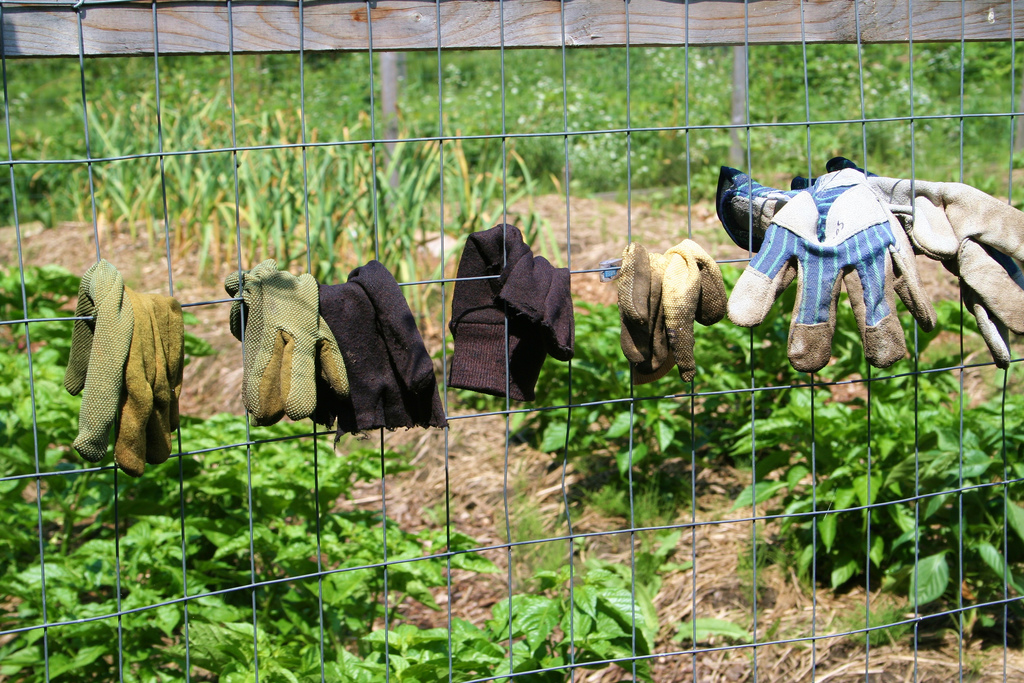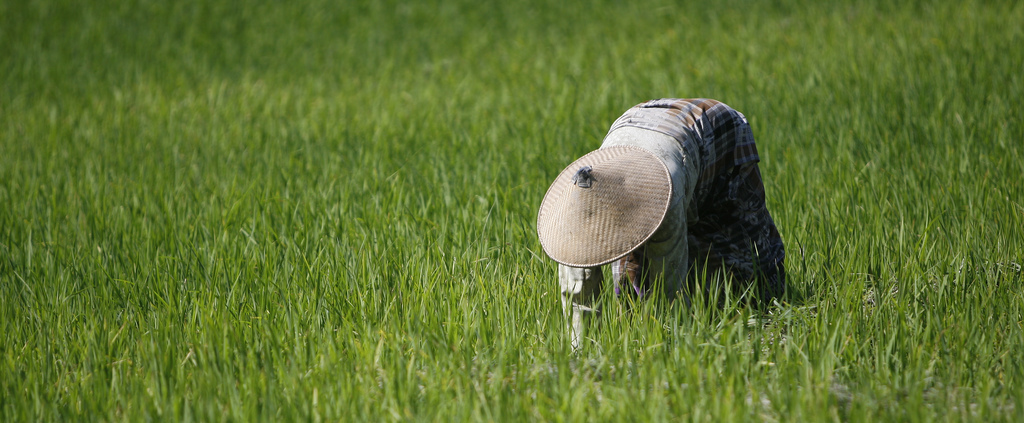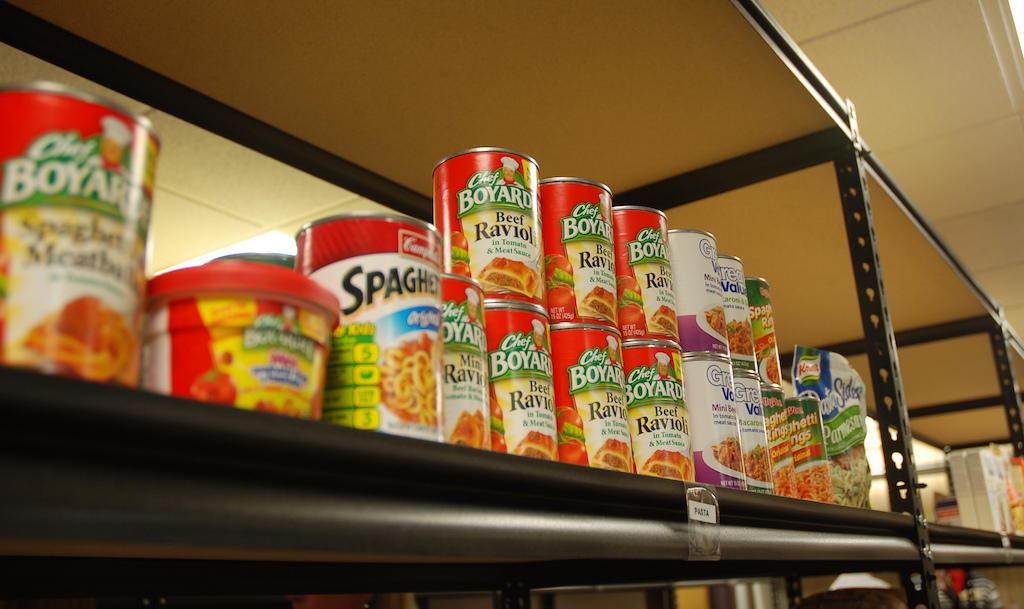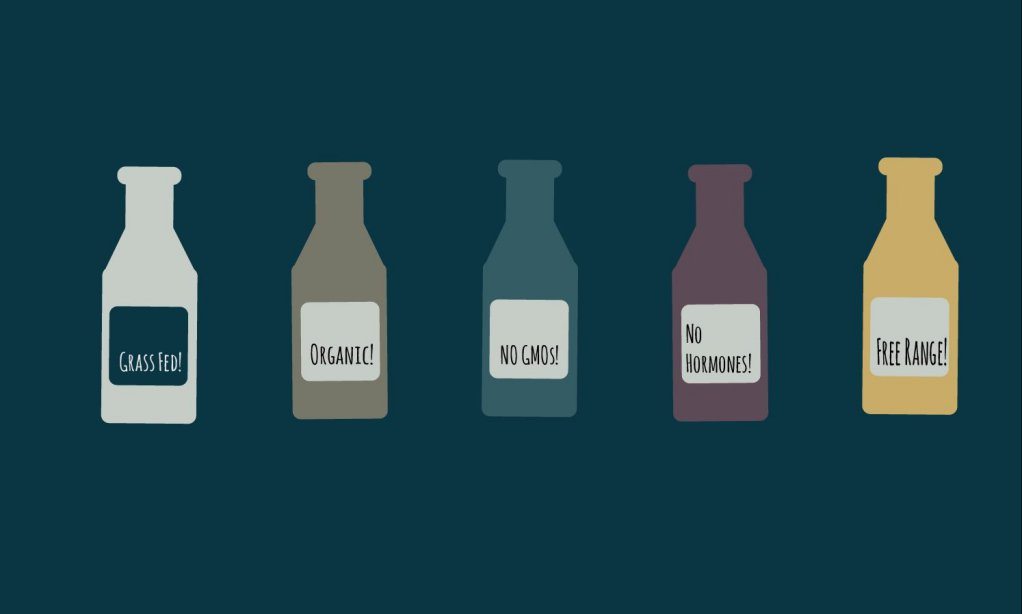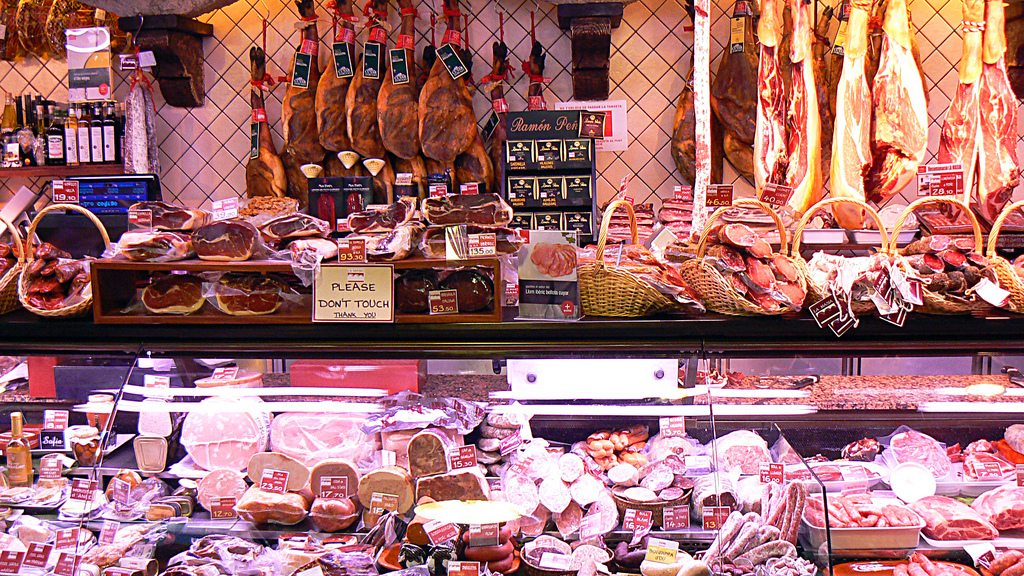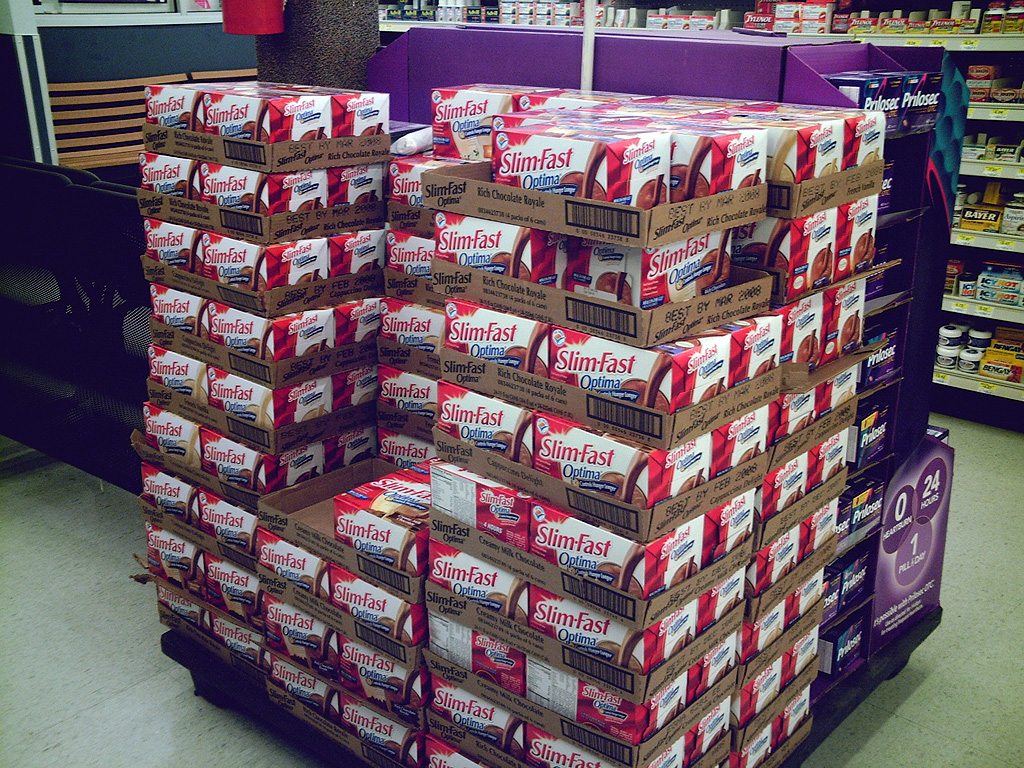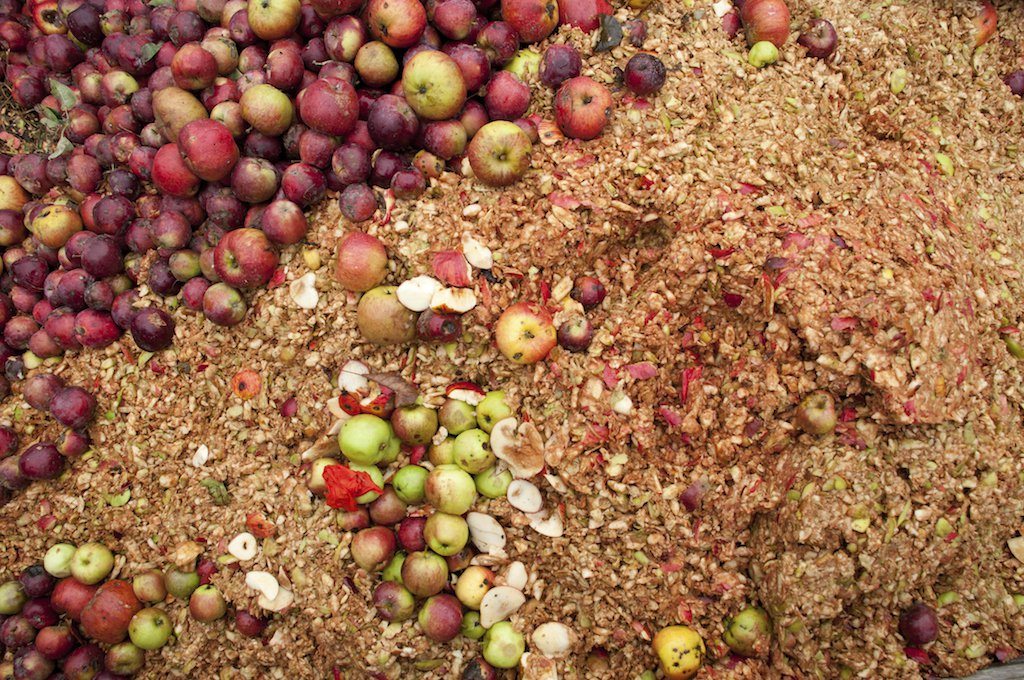
Claire
Buried in the 2,009-page omnibus spending bill Congress passed in December 2015, is a provision food companies need to know about. It’s found in “Division Q – Protecting Americans from Tax Hikes Act of 2015, Sec. 1, Part 2,” and it renews the tax deduction for charitable donations of food inventory and adjusts the rules for who and what is eligible for the deduction and how it is calculated. Importantly, any donations you may have made in 2015 are covered, so you’ll need to understand the law’s implications before you file this year’s taxes.
The background: “After Hurricane Katrina, the Katrina Emergency Tax Relief Act created this enhanced deduction—or took the enhanced deduction [for food donations] that already existed for C-Corps and expanded it, regardless of form,” says Nicole Civita, director of the Food Recovery Project and affiliated professor at the University of Arkansas School of Law. “That expired in 2005. Between 2005 and December 2015, it was reauthorized over and over and over again, often in two-year increments, where one year would be a look back for the year that they had let it expire, and then it would move forward for a year.” That meant no business could rely on the deduction.
Now that the law is permanent, says Civita, “Businesses can start planning to implement gleaning and recovery food programs with the knowledge that they’ll be able to deduct the greater value for that donation.”
Here’s what the law says:
- Any business with food to donate can claim the deduction, not just C-corporations, as was previously the case. That means smaller-scale operations including farms, ranches, and restaurants will now be able to deduct more than just the cost of acquiring the product. According to the Harvard Law School Food Law & Policy blog’s robust explainer on the enhanced deduction, they’ll be able to deduct “the smaller of (a) twice the basis of the donated food or (b) the basis of the donated food plus one-half of the food’s expected profit margin, if it were sold at its fair market value.”
- The extension applies retroactively to 2015. But Civita advises consulting a tax attorney for advice on how to calculate the deduction.
- The annual cap on food deduction donations has increased from no more than 10 percent of a business’ total taxable income to 15 percent of its net income, starting in 2016. “That’s huge,” says Civita. “Because 5 percent means a very, very big difference in the amount you’re able to deduct.”
- Deductions can be carried forward for five years. For example, Civita says, if a business had a bad year and a great deal of excess food to donate, and if that donation exceeded 15 percent of its taxable income – say 20 percent – it could carry forward the remaining 5 percent into the following year.
- Businesses that use cash balance accounting rather than accrual—farm sole proprietorships, for example—can calculate the basis value of the donated food at 25 percent of fair market value.
- When a company donates products because they fail to meet internal standards—packaging flaws, labeling errors, short shelf life—it can use as a benchmark the price of the same or similar products the company sells. This encourages donation of food that may not have made financial sense to donate in the past.
“The extension is an important step and it’s really exciting,” Rosenberg says, “but there’s still a lot more that should and can be done.”



